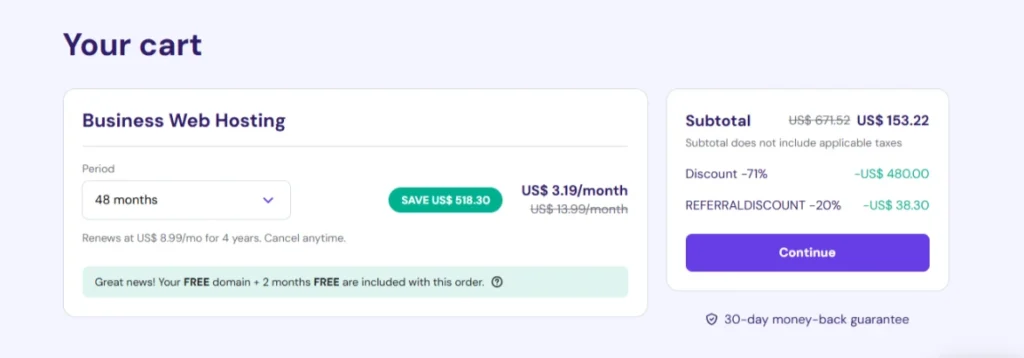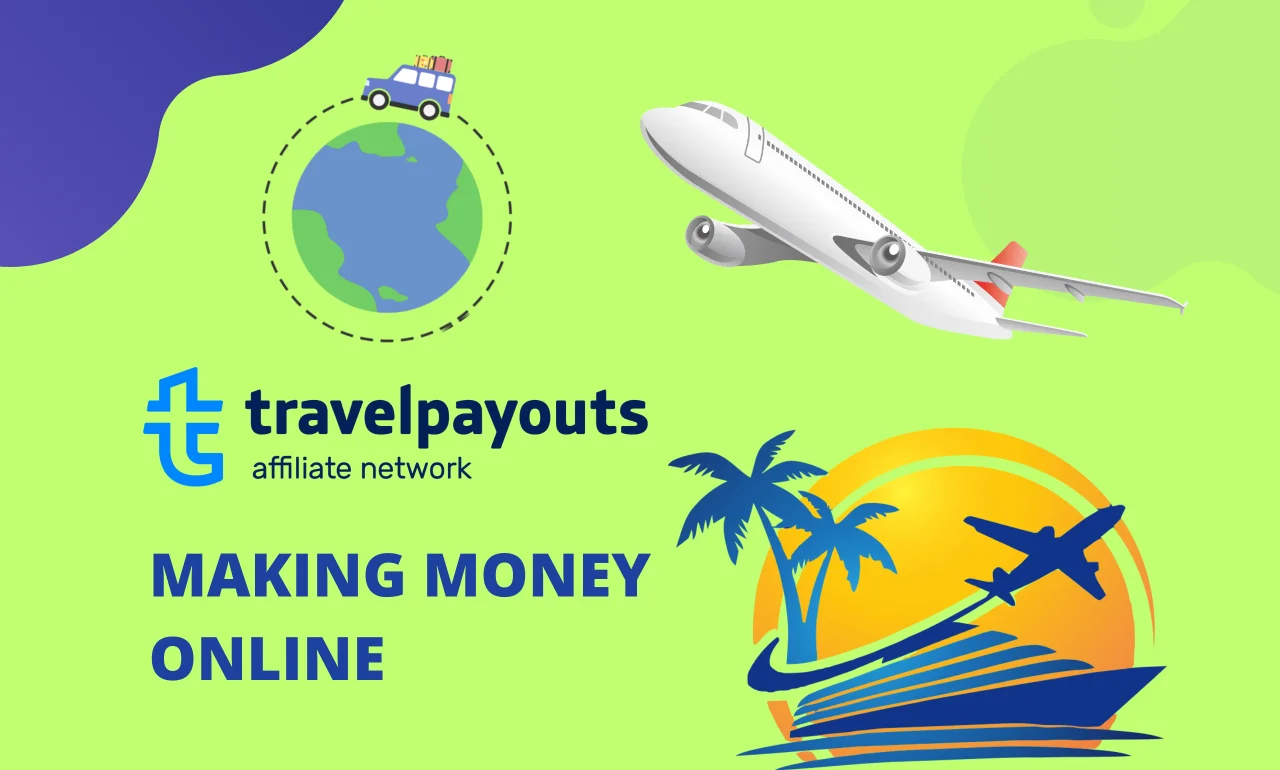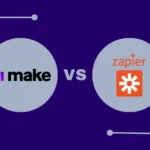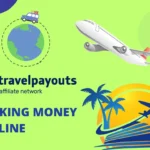Hey there! If you’ve ever dreamed of combining your love for travel with the freedom of working online, you’re not alone. I’ve been freelancing full-time for years, and one of my most requested gigs on freelance platforms is building affiliate websites, especially in the travel niche. Why? Because it’s lucrative, scalable, and honestly… fun.
In this post, I’ll walk you through how to start your own travel affiliate website; from picking a niche to earning commissions. I’ll also sprinkle in some real-world tips I’ve picked up from my freelance journey, working with clients who went from zero to passive income with just a simple WordPress site.
Quick Navigation ↓
What is a Travel Affiliate Website?
Before we dive in, let’s clarify what we’re talking about.
A travel affiliate website is a blog or niche website that promotes travel-related products or services; like hotel bookings, flights, tours, gear, or travel insurance, using affiliate links. When someone clicks your link and makes a purchase, you earn a commission.
It’s essentially digital marketing for travelers. And the best part? You don’t have to handle bookings, customer service, or inventory. Your job is to connect people with great travel products or experiences and get paid for it.
Why Start a Travel Affiliate Website?
There are thousands of affiliate niches out there, so why choose travel?
- Passion – If you love to travel or even just research new places, this niche feels less like work.
- High commission potential – Some travel affiliate programs offer up to 50% commission or pay per lead.
- Endless content ideas – From “best time to visit Bali” to “top eco hotels in Thailand,” there’s always something to write about.
- Evergreen and seasonal traffic – Travel is year-round, but certain trends spike seasonally—great for planning content calendars.
Step-by-Step: How to Start a Travel Affiliate Website
1. Pick Your Niche (and Narrow It Down)
This is where most beginners get it wrong. Don’t just say “I want to blog about travel.” That’s way too broad.
Instead, niche down. Here are a few ideas I’ve helped clients build sites around:
- Solo female travel
- Luxury stays in Europe
- Backpacking Southeast Asia
- Family road trips in the US
- Sustainable travel and eco-tourism
Pro Tip: Go even deeper. “Sustainable travel in Vietnam” is better than just “eco travel.” A tight niche helps you rank faster in Google and build trust with a specific audience.
2. Choose a Domain Name and Set Up Hosting
Once you’ve locked in your travel niche, it’s time to choose the perfect domain name. Keep it short, memorable, brandable, and easy to spell, and try to grab a .com if you can. I usually recommend using tools like Hostinger or Namecheap to search for available names.
(Freelancer Tip: If you’re stuck, I often help my clients brainstorm brand names based on SEO and audience appeal. A good name can really set you up for success.)
Once you’ve got your domain, it’s time to set up your hosting and WordPress site. I highly recommend Hostinger because it’s affordable, fast, beginner-friendly, and perfect for launching your first travel affiliate website.
(Bonus: If you use my special Hostinger referral link, you’ll get an exclusive discount, so you’ll actually pay less than the standard price!)

Hostinger offers a super easy one-click WordPress installation. Once that’s done, all you need to do is pick a clean, lightweight theme (I personally love Astra or Kadence) and you’ll be ready to start creating content and building your online income.
3. Create Key Pages
Start with the basics:
- Home – Introduce your niche, show some personality.
- Blog – Where your content will live.
- About – Share your story, why you love travel.
- Contact – Simple form or email link.
- Affiliate Disclosure – Required by law. Let visitors know you earn commissions.
Add a logo (use Canva if you’re DIY-ing) and pick a simple, mobile-friendly layout. Don’t overcomplicate it.
4. Sign Up for Affiliate Programs
Now we get to the exciting part — earning commissions.

Instead of juggling a dozen different affiliate programs individually, I recommend starting with Travelpayouts. It’s a huge travel affiliate network that gives you access to over 100 different brands, all from one easy dashboard. You can promote flights, hotels, tours, insurance, car rentals, and more without having to apply to each program separately.
Some top brands available through Travelpayouts include:
Accommodation:
- Booking.com
- Agoda
- VRBO
Flights & Transport:
- Skyscanner
- Kiwi.com
- Rentalcars.com
Tours & Activities:
- GetYourGuide
- Klook
- Tiqets
Travel Insurance:
- SafetyWing
- World Nomads
Pro Tip: Start by promoting just two or three services that fit your niche best. Focus on products or companies that offer good commissions, strong tracking, and most importantly, real value to your audience.
Bonus: Travelpayouts also provides ready-to-use widgets, banners, and deep links, which makes it even easier to monetize your site from day one.
5. Write Killer Content That Ranks
This is where the magic happens. SEO (Search Engine Optimization) is your best friend for organic, long-term traffic.
Write articles like:
- “Best boutique hotels in Hanoi”
- “Top eco resorts in Bali”
- “How to travel Europe by train: A complete guide”
- “10-day Japan itinerary for foodies”
Use tools like:
- Google Keyword Planner (free)
- Ubersuggest (freemium)
- Ahrefs or Semrush (paid, but gold for keyword data)
Aim for quality over quantity. I always tell my clients: one solid post can earn you more than 10 fluffy ones.
6. Add Affiliate Links Naturally
Don’t spam your posts with links. Add affiliate links where they provide value:
- Recommending a hotel you stayed at
- Linking to gear you use
- Directing readers to book a tour you reviewed
Use plugins like Pretty Links to shorten and manage your URLs. It also helps you track clicks and improve performance.
7. Grow Your Audience
/image
Now that your site is live, it’s time to drive traffic:
- Pinterest – Great for travel visuals
- SEO – Long-term organic traffic
- Email newsletter – Build trust and return visits
- YouTube or Instagram – If you love video, pair it with your site
Pro Freelancer Tip: I always encourage my clients to pick one platform to start with—don’t spread yourself too thin. SEO + Pinterest is a powerful combo for travel.
How Long Until You Make Money?
Ah, the golden question.
In my experience (and from clients I’ve worked with), it can take 3 to 6 months to get your first affiliate sale; if you’re consistent with publishing and promoting.
But once the traffic starts rolling in, it snowballs. I’ve seen sites earn $300/month in year one and hit $1,000+ monthly in year two without daily effort.
Final Thoughts: Is It Worth It?
Absolutely. A travel affiliate site is one of the most rewarding side hustles you can start, especially if you play the long game.
Here’s why I love building them (and why I offer this as a freelance gig):
- Low startup costs
- Flexibility to work from anywhere
- Potential for passive income
- Opportunity to share what you love
If you’re thinking, “This sounds amazing, but I’m not tech-savvy…” – you’re not alone. That’s exactly why clients come to me on Fiverr. I build the full site, plug in affiliate programs, and even help with keyword research and blog strategy.
Whether you DIY it or hire a freelancer, don’t let fear stop you. You can totally do this.
Let’s Get Started
If this post got you pumped up and you’re ready to launch your own travel affiliate site, here’s your quick action plan:
- Pick your niche
- Choose a domain and hosting
- Set up WordPress and theme
- Apply to affiliate programs
- Start blogging and optimizing
- Promote smartly and patiently
- Reinvest earnings into growth (or travel!)
And if you want a head start, I’d be happy to help; just drop by my freelance profile, check my gig, and let’s bring your travel brand to life.





